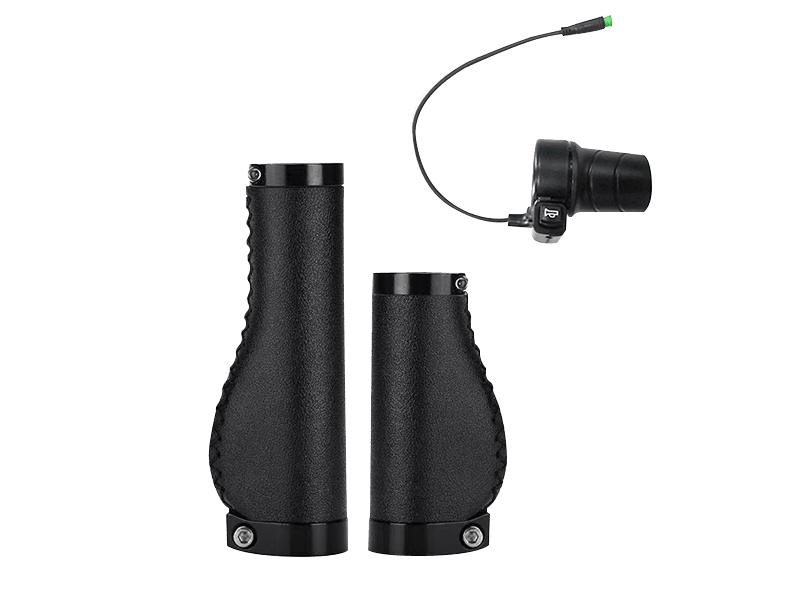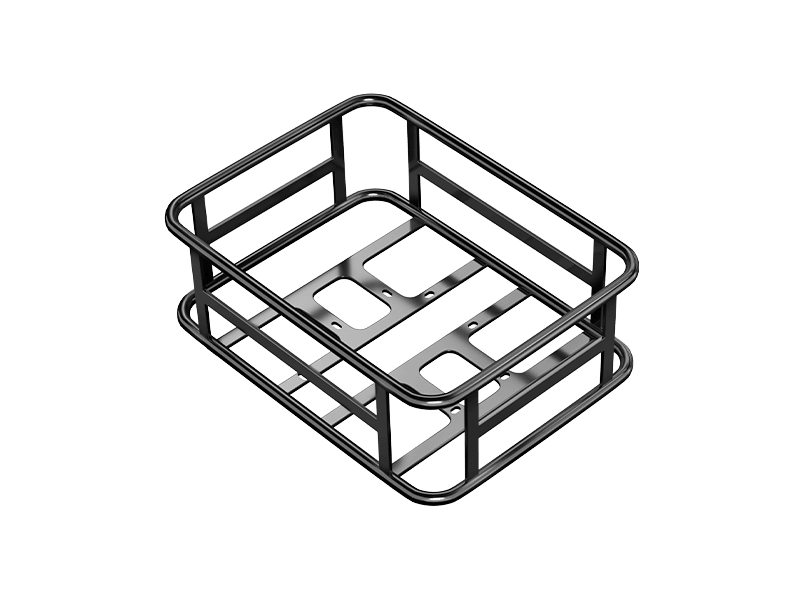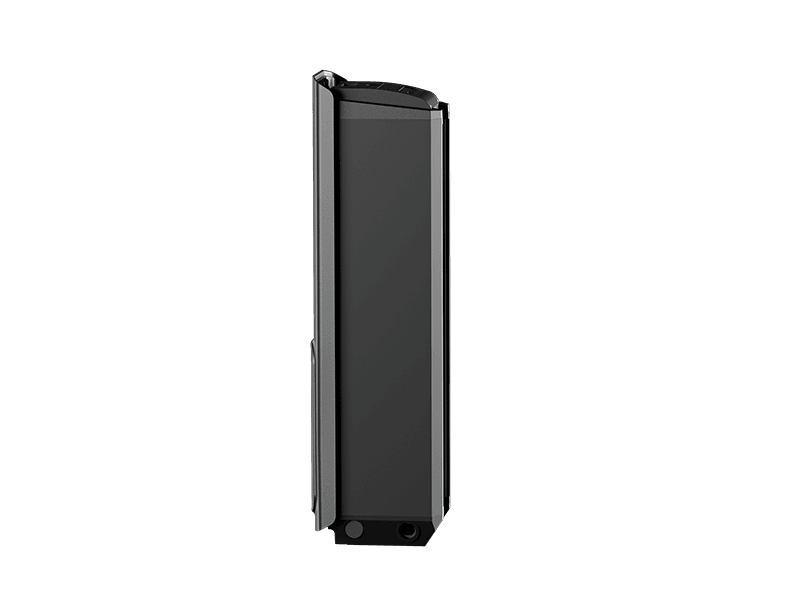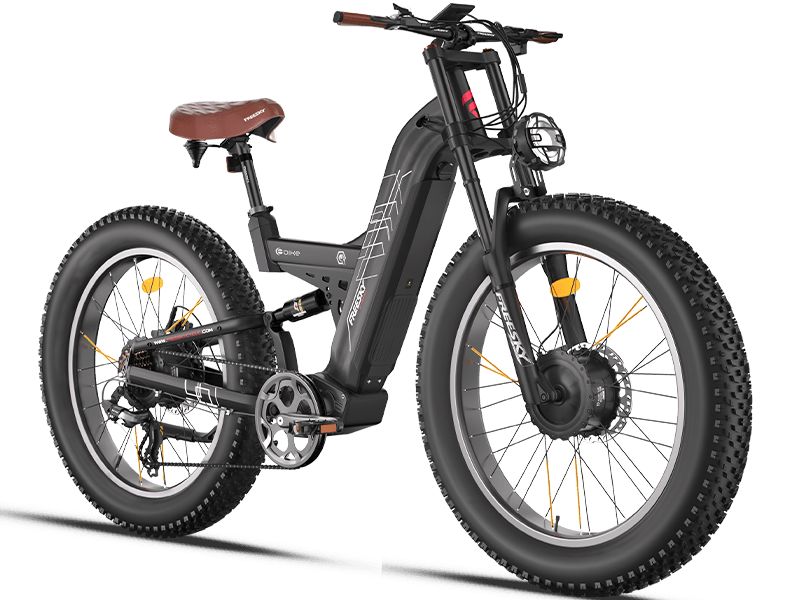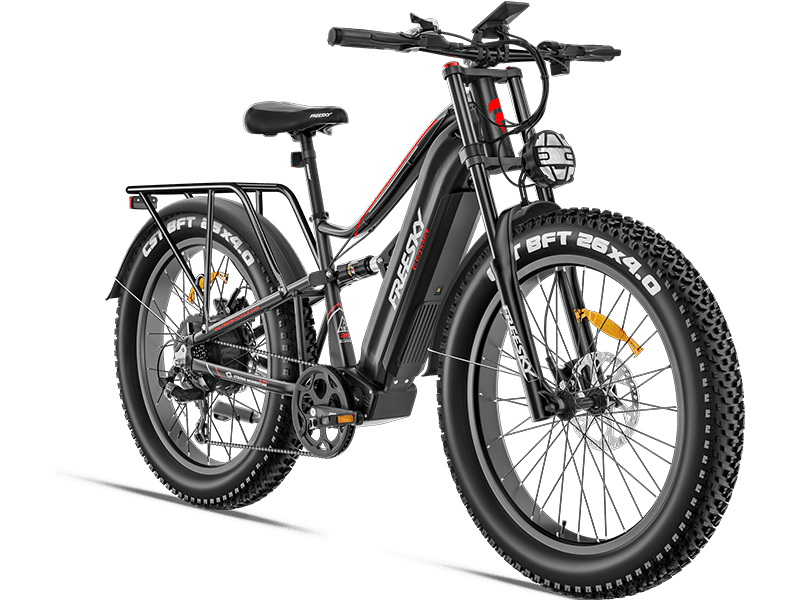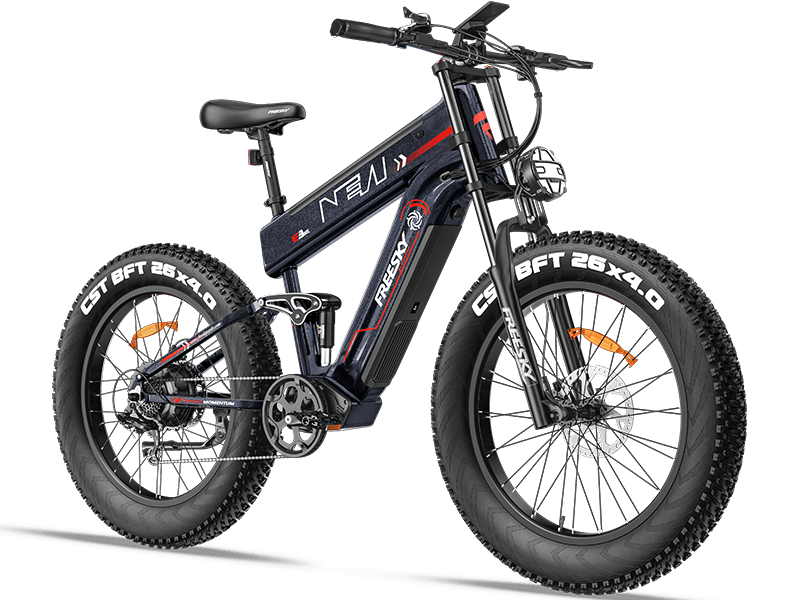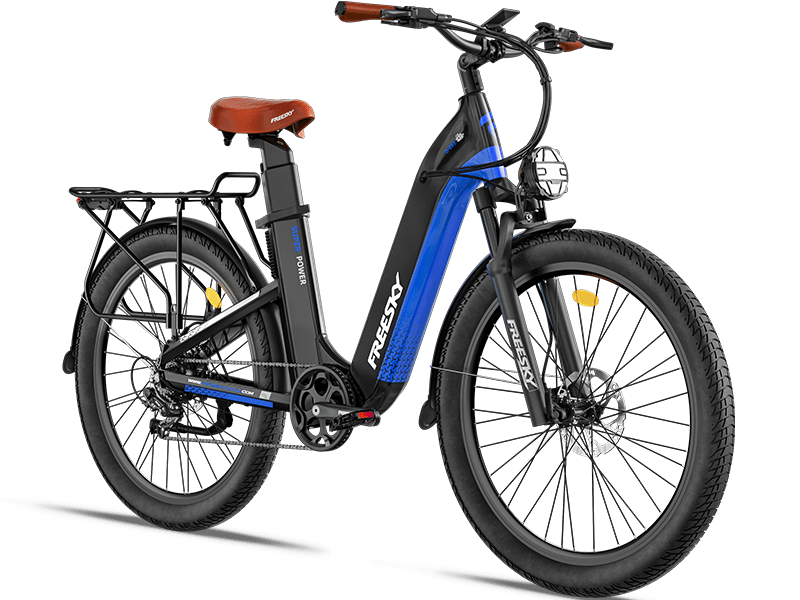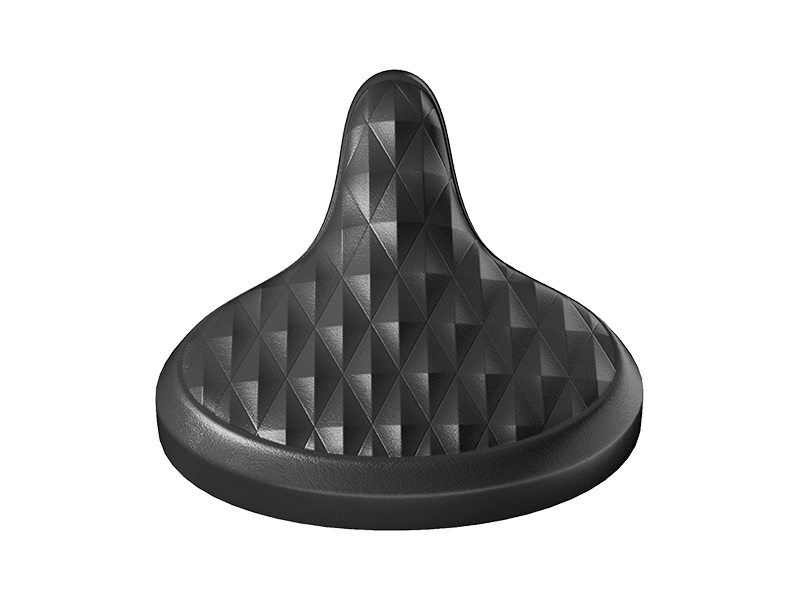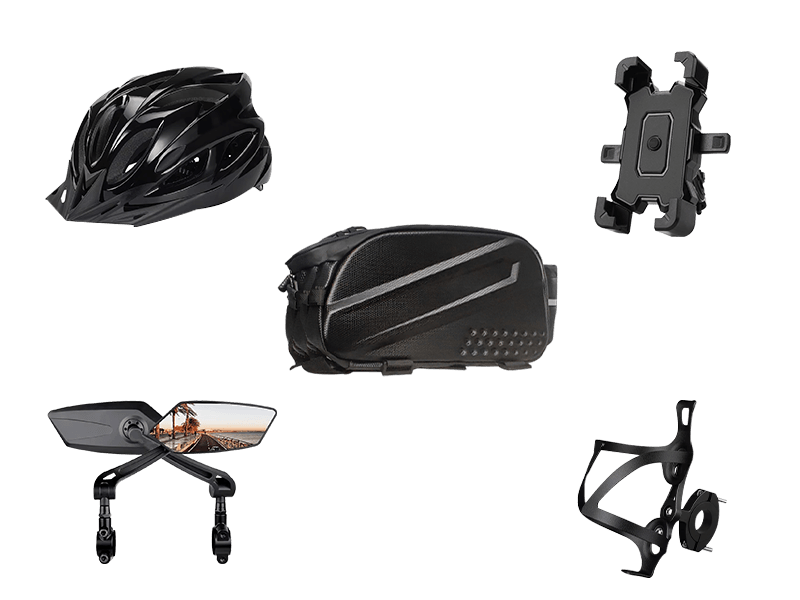Belly Fat Be Gone! The Ultimate Guide to Burning Fat Through Cycling
SEP 20, 2024
When it comes to shedding unwanted belly fat, cycling is not only a fun and eco-friendly way to stay active, but it’s also incredibly effective. Whether you’re riding for leisure, commuting to work, or enjoying a scenic weekend ride, cycling can help burn calories and fat, especially around the midsection. Here’s how to make the most of your cycling routine to target belly fat and achieve a leaner waistline.
Combine Cycling with a Balanced Diet
Cycling alone won’t do all the work if your diet isn’t aligned with your fitness goals. To reduce belly fat, focus on a healthy, balanced diet that includes plenty of lean proteins, whole grains, fruits, and vegetables. Reducing your intake of refined carbs and sugars can help create the calorie deficit needed for fat loss. Remember, it’s not just about burning calories through exercise but also consuming the right kind of calories.
Opt for High-Intensity Interval Training (HIIT)
While steady-state cycling has its benefits, adding intervals of high-intensity cycling can accelerate fat loss, especially in the abdominal area. Incorporating HIIT into your cycling routine involves alternating between short bursts of intense effort and periods of moderate cycling. For example, sprint for 30 seconds, then pedal at a relaxed pace for 1–2 minutes. This not only burns more calories during your ride but also keeps your metabolism elevated long after your workout.
Stay Consistent
Cycling consistently is key to losing belly fat. Aim for at least 150 minutes of moderate-intensity cycling per week or 75 minutes of high-intensity sessions. Regular, consistent exercise helps create the energy deficit needed to burn fat over time. Even 30-minute rides, several times a week, can make a difference in your body composition, especially when combined with healthy eating.
Engage Your Core While Riding
Although cycling mainly works the legs, engaging your core muscles while riding can help target belly fat more effectively. Keep your abs tight as you cycle, especially when going uphill or during sprints. This helps strengthen the muscles in your midsection and adds an extra layer of fat-burning potential.
Take Advantage of Long Rides
Longer, steady-state rides at a moderate pace can help you burn more fat over time. While HIIT is excellent for short bursts of intense fat-burning, steady cycling for longer periods taps into your body’s fat stores, helping to reduce overall body fat, including belly fat.
Use Cycling as Part of a Full-Body Routine
While cycling is great for your lower body and cardio health, don’t forget to incorporate strength training into your overall routine. Building muscle through exercises like squats, planks, and lunges complements the fat-burning benefits of cycling by increasing muscle mass, which boosts your metabolism and helps you burn more fat, even at rest.
Be Patient and Stay Motivated
Losing belly fat doesn’t happen overnight, and it’s important to stay motivated. Set small, achievable goals and celebrate each milestone, whether it’s an increase in distance, improved endurance, or fitting into those jeans again. Over time, with consistent cycling and healthy habits, the results will show.
Cycling is a fantastic way to improve your fitness, boost your mental health, and lose that stubborn belly fat. By combining effective riding techniques, consistent effort, and a balanced diet, you can pedal your way to a flatter stomach and a healthier body.


